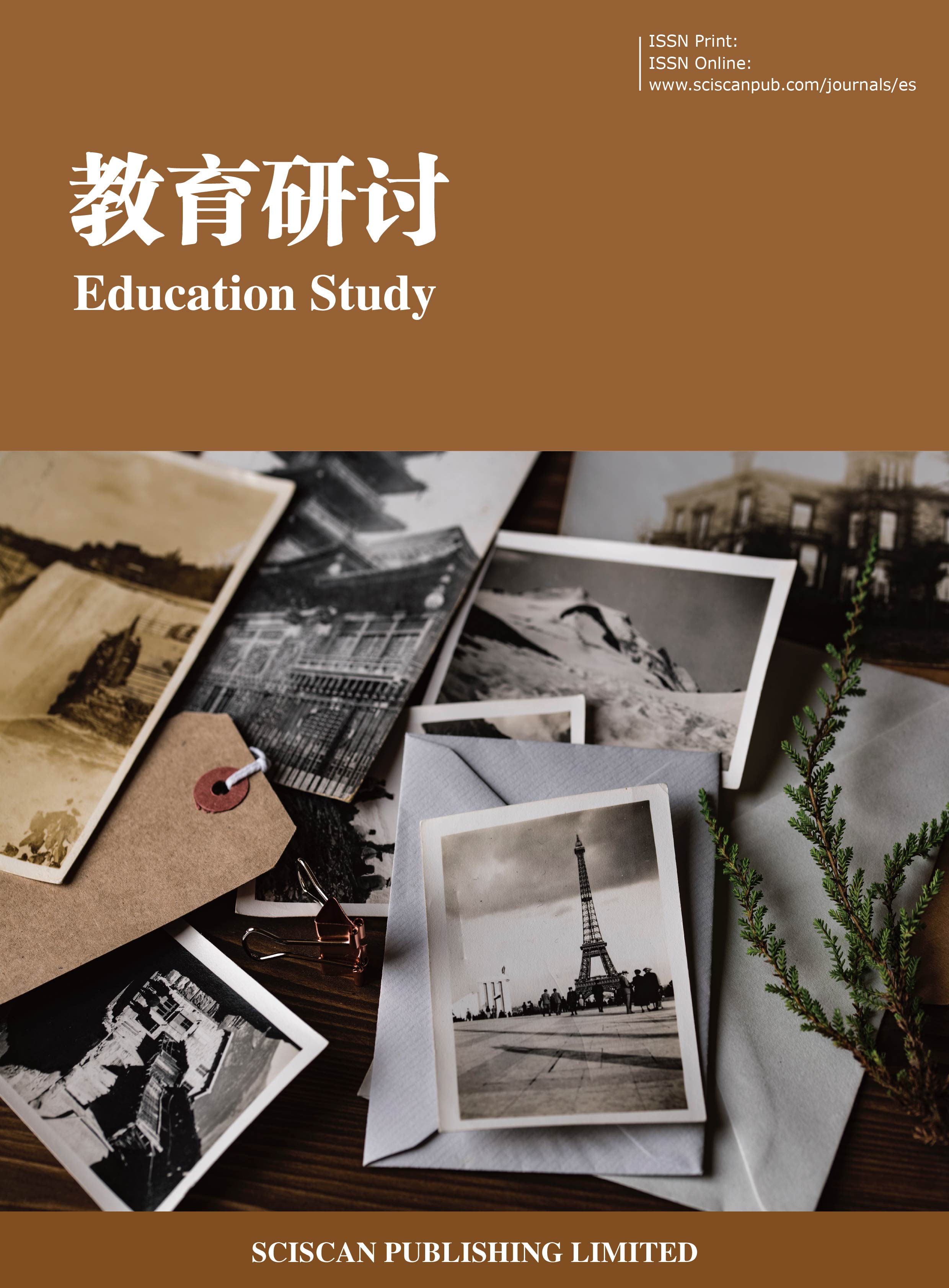Education Study
ISSN Print:2707-0611
ISSN Online:2707-062X
Contact Editorial Office
Subscribe to the latest published information from SCISCAN
怀化市宏宇小学四年级学生学习焦虑的调查研究
Study on Learning Anxiety of the Fourth Grade Students in Hongyu Primary School in Huaihua City
- Authors: 寇芳芳¹ ² 向岩兵¹ ²
-
Information:
1.怀化学院武陵山片区基础教育研究中心,怀化; 2.怀化学院教育科学学院,怀化
- Keywords: 学习焦虑;小学四年级;调查研究
- Learning anxiety; Fourth grade; Investigation and research
- Abstract: 为了解小学生学习焦虑的现状,本研究采用文献法和问卷调查法,参考瞿建国博士小学生学习焦虑的量表,从课堂焦虑、考试焦虑、学科焦虑、环境焦虑四个维度设计调查问卷,对怀化市宏宇小学四年级学生进行问卷调查。通过对调查结果进行归纳整理,利用SPSS软件对相关数据进行统计分析,深入剖析小学生学习焦虑的差异性及其存在的问题。研究得出以下基本结论:该校四年级学生在来自同伴、父母、老师、学校产生的环境焦虑维度得分最高,学科焦虑维度得分最低;在班级成绩、来自农村还是城镇以及父母亲任何一方最高学历三个方面存在显著差异。据此提出缓解小学生学习焦虑的可行性建议,如针对环境焦虑、成绩中下水平的学生、来自农村的学生以及父母亲任何一方最高学历为小学学历的学生学习焦虑的建议。
- To comprehend the prevailing state of primary school students’ learning anxiety, this study employs the methodologies of literature review and questionnaire survey, consulting Dr. Qu Jianguo’s established scale on primary school students’ learning anxiety. The research instrument is crafted encompassing four axes of anxiety: classroom, examination, subject-specific, and environmental. This instrument was administered to fourth-grade students at Hongyu Primary School in Huaihua City, subsequent to which the data garnered from the survey was analyzed statistically using SPSS software. This analytical process entailed an in-depth examination of the discrepancies in learning anxiety among students, as well as the issues inherent in their anxiety. The fundamental conclusions are as follows: among the fourth-grade students, the highest levels of anxiety were recorded in the environmental dimension as perceived by peers, parents, teachers, and the school, while the lowest levels were detected in the subjectspecific dimension. Notably, significant disparities were identified across three domains: academic performance within the class, rural versus urban residency, and the highest level of education achieved by either parent. Consequently, a set of practicable suggestions is proffered to mitigate the learning anxiety of primary school students, targeting specifically those who experience environmental anxiety, students with average or below-average grades, those from rural backgrounds, and those whose parents have only completed primary education.
- DOI: https://doi.org/10.35534/es.0604129
- Cite: 寇芳芳,向岩兵.怀化市宏宇小学四年级学生学习焦虑的调查研究[J].教育研讨,2024,6(4):975-986.














